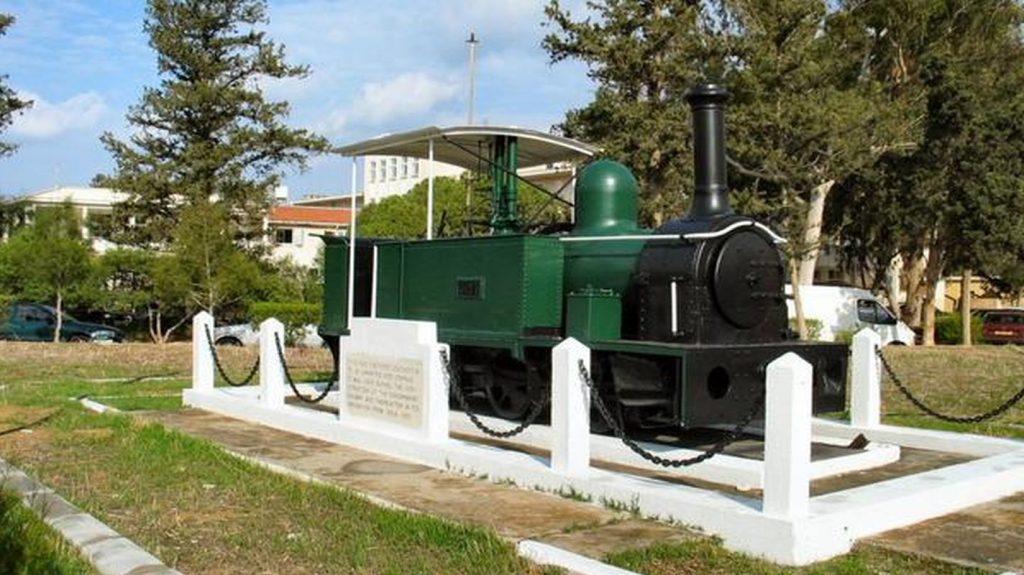Cyprus Government Railway The Cyprus Government Railway was a 2 ft 6 in (762 mm) narrow gauge railway network that operated in Cyprus from October 1905 to December 1951. With a total length of 76 miles (122 km), there were 39 stations, stops and halts, the most prominent of which served Famagusta, Prastio Mesaoria, Angastina, Trachoni, Nicosia, Kokkinotrimithia, Morphou, Kalo Chorio and Evrychou.
The CGR was closed down due to financial reasons. An extension of the railway which was built to serve the Cyprus Mines Corporation operated until 1974. Background When the first British High Commissioner, Sir Garnet Wolseley, arrived in Cyprus in 1878, he was keen to construct a railway on the island but the project did not come to fruition for a long time, due to the uncertainty of the length of the British mandate in Cyprus. In July 1903, Frederick Shelford – on behalf of the Crown Agents – submitted a feasibility study for the construction of a railway line that would originate at Famagusta and terminate at Karavostasi via Nicosia and Morphou, at a total cost of £141,526. Construction The proposal was approved in November 1903 and the earthworks began in May 1904; the existing line at Famagusta harbour was extended South to Varosha by 1 mile (1.6 km) and Section 1 [Famagusta-Nicosia, 36 miles (58 km)] was inaugurated on 21 October 1905 by High Commissioner, Sir Charles Anthony King-Harman.
The construction of Section 2 [Nicosia-Morphou, 24 miles (39 km)] began in July 1905 and was inaugurated was on 31 March 1907. However, three years later, the Railway was already operating at a loss and so an operation study for the CGR was conducted by Bedford Glasier. The study was published in January 1913 and suggested the construction of the terminus at Evrychou. So, the construction of Section 3 [Morphou-Evrychou, 15 miles (24 km)] began in November 1913 and it was inaugurated on 14 June 1915.


